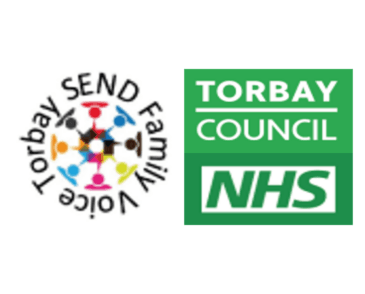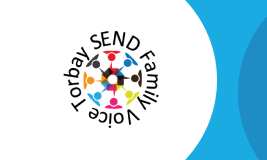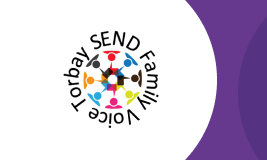Age 16-18 – Service Suggestions for the SENDCO for Speech, Language and Communication Needs (SLCN)
Raise awareness with staff about students’ communication and interaction needs. Provide training for staff. Arranging social communication clubs/small group activities. Liaising with specialist teachers for ...
Read More









